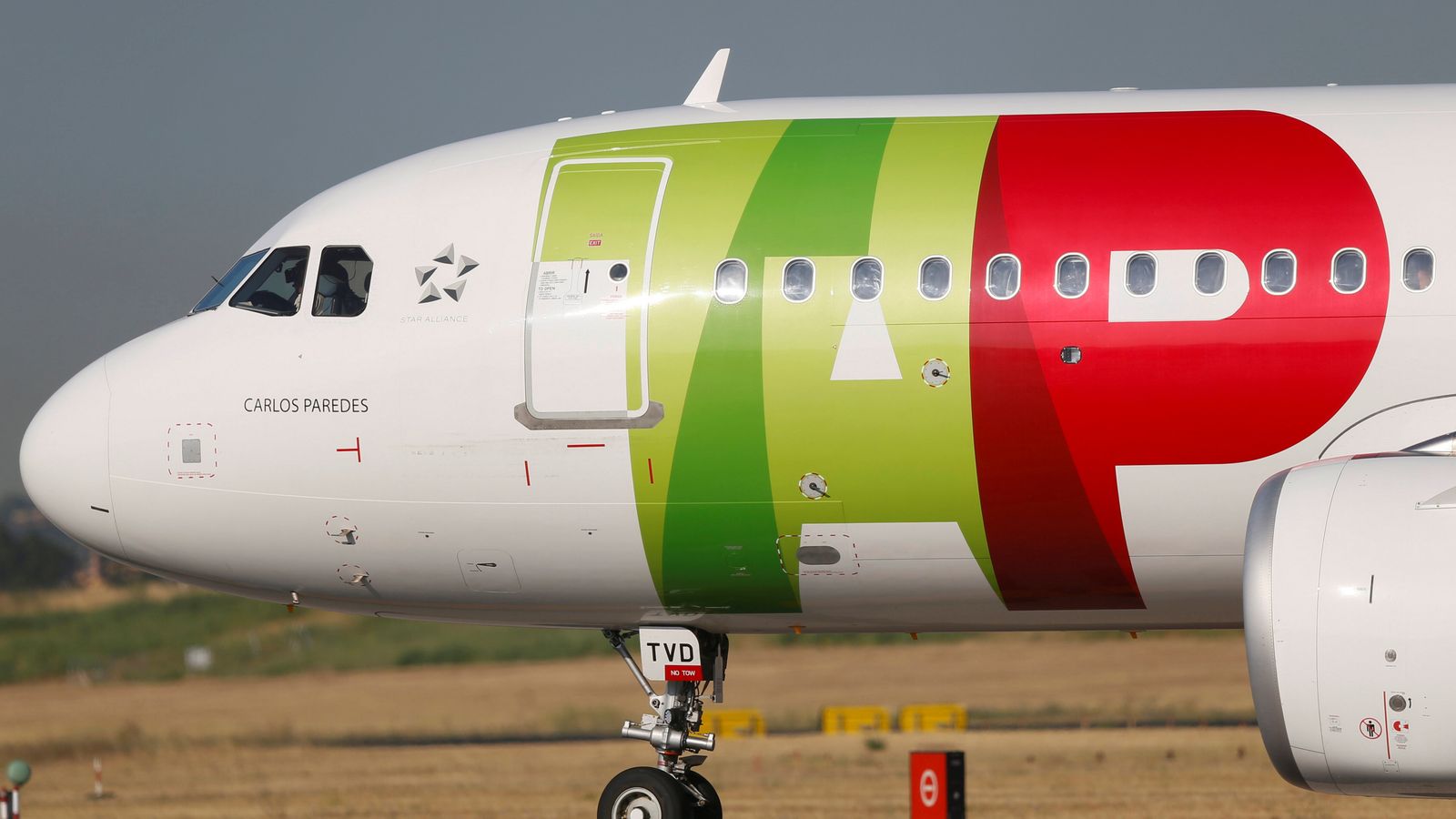
A report into the deadly Lisbon Gloria funicular crash has said the cable linking the two carriages snapped.
The carriages of the city’s iconic Gloria funicular had travelled no more than six metres when they “suddenly lost the balancing force of the connecting cable”.
The vehicle’s brake‑guard immediately “activated the pneumatic brake as well as the manual brake”, the Office for the Prevention and Investigation of Aircraft Accidents and Railway Accidents said.
But the measures “had no effect in reducing the vehicle’s speed”, as it accelerated and crashed at around 60kmh (37mph), and the disaster unfolded in less than 50 seconds.
Questions have been asked about the maintenance of the equipment, but the report said that, based on the evidence seen so far, it was up to date.
A scheduled visual inspection had been carried out on the morning of the accident, but the area where the cable broke “is not visible without dismantling.”
The Gloria funicular is a national monument that dates from 1914 and is very popular with tourists visiting the Portuguese capital.
It operates between Restauradores Square in downtown Lisbon and the Bairro Alto neighbourhood.
The journey is just 276m (905ft) and takes just over a minute, but it operates up a steep hill, with two carriages travelling in opposite directions.
How the disaster unfolded
At around 6pm on Wednesday, Cabin No.2, at the bottom of the funicular, “jerked backward sharply”, the report said.
“After moving roughly 10 metres, its movement stopped as it partially left the tracks and its trolley became buried at the lower end of the cable channel.”
Cabin No.1, at the top, “continued descending and accelerated” before derailing and smashing “sideways into the wall of a building on the left side, destroying the wooden box [from which the carriage is constructed]”.
It crashed into a cast‑iron streetlamp and a support pole, causing “significant damage” before hitting “the corner of another building”.
Cable failed at top
Analysis of the wreckage showed the cable connecting the cabins failed where it was attached inside the upper trolley of cabin No.1 at the top.
The cable’s specified useful life is 600 days and at the time of the accident, it had been used for 337 days, leaving another 263 days before needing to be replaced.
The operating company regards this life expectancy as having “a significant safety margin”.
The exact number of people aboard each cabin when it crashed has not been confirmed.
Britons killed in disaster
Kayleigh Smith, 36, and William Nelson, 44, died alongside 14 others in Wednesday’s incident, including another British victim who has not yet been named.
Read more on Sky News:
Clashes at Palestine Action protest
The saint of the internet age
Donatella Versace among Armani mourners
Five Portuguese citizens died when the packed carriage plummeted out of control – four of them workers at a charity on the hill – but most victims were foreigners.














